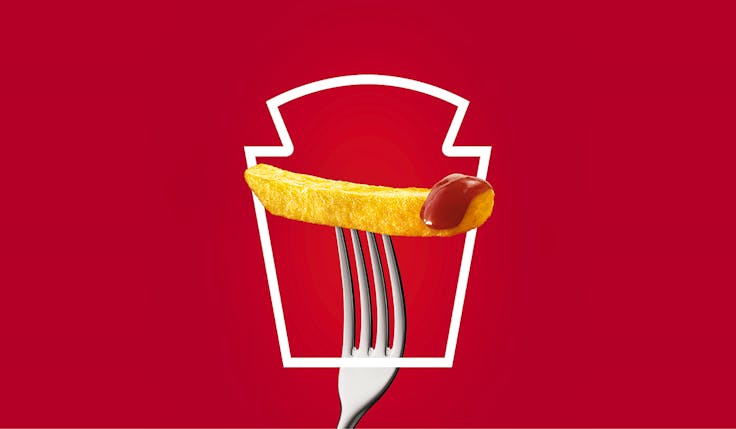The road to innovation is paved with abandoned products – don’t let yours be one of them
With so many new product launches failing to exist even just one year later, brands must ensure they have clear strategic intent when bringing new lines to market.
 Research at the Ehrenberg-Bass Institute shows new product launches can be a risky undertaking for brand owners. Investigating 83,719 new product introductions over an eight-year period, the research finds around one in four new products failed to survive one year after launch. This failure rate increased to around 40% two years after launch.
Research at the Ehrenberg-Bass Institute shows new product launches can be a risky undertaking for brand owners. Investigating 83,719 new product introductions over an eight-year period, the research finds around one in four new products failed to survive one year after launch. This failure rate increased to around 40% two years after launch.
We are interested to see if products that are awarded ‘Product of the Year’ status still exist years after they were given this title. The products were likely to be new launches, but might also include recent products that were promoted in the following year. We investigated the introductions that were included in the Product of the Year Awards. Product of the Year items are the results of more than 10,000 shopper votes, once brand owners nominate their products to be included in the survey within a particular year. Winners of each category can then attach the Product of the Year logo on their packs and marketing material at a fee.
To be eligible for the award, nominated products had to be launched within the previous two years, with an innovation in one or more aspects that may include new design, packaging, recipe or functionality.
Looking at past winners, we wanted to see how many were still available for purchase now. We looked online to find out if they still exist – then we also checked the online shopping sites of major supermarket chains (Tesco, Sainsbury’s, Asda, and Morrisons) as well as Amazon and minor supermarket sites, if they are specified.
Even great new products still need to apply the fundamental laws of marketing growth – otherwise, we are just risking them being added to the list of abandoned products on the road to innovation.
We discovered that half of the products of the year in 2018 could no longer be found online for purchase, whereas approximately one in three products from 2019 and 2020 were also not available already. Most are discontinued, although a number have morphed into similar products that were launched later.
The results suggest that many product launches are not necessarily done with strategic long-term thinking in mind – and perhaps they are needed to address immediate competitive pressures. However, given the cost of R&D, production, packaging, launch support, as well as ensuring that new products are well promoted and well distributed – it may be prudent for brand owners to rethink their innovation strategy.
Should marketers be in the product development ‘driving seat’?
Even when new product launches are meant to be seasonal and for a short-term only, brand owners should carefully consider where the resources will draw from, including from other products, in the portfolio.
New products do require support, but resources still need to be adequately allocated to support the brand’s hero. This is, the brand’s top-selling SKU.
Research at the Ehrenberg-Bass Institute finds that top-selling SKU is important to sustain the brand, because it typically supplies half of the brand buyers and 40% of the total brand sales. Too much resources and focus on the new and shiny products may risk the attention and support needed for the brand’s stalwarts.
Clear strategic intent
It does not mean that brands should dampen their drive to innovate and stop introducing new products into the market completely. Instead, the important thing is to have a clear strategic intent about why such products are launched or promoted in the first place. Discontinued new products that may be considered as ‘failures’ might just be those that were not adequately supported in their mental and physical availability. They were not advertised well, beyond the launch period or they were not widely distributed in the market.
So, does this mean bad marketing practice can harm an otherwise ‘good’ new product? There can be unexpected bops and flops, but ultimately there are some common patterns among new launches that survive longer than those that disappear after their launch year.
‘It only works if it all works’: Marketers on ‘reclaiming’ the 4Ps
One of the most important considerations when launching a new product is securing wide distribution. Brand owners need to prioritise activities that get the new launches into more places where category buyers’ shop. However, winning this shelf space should not be at the expense of your brand heroes.
Even great new products still need to apply the fundamental laws of marketing growth – otherwise, we are just risking them being added to the list of abandoned products on the road to innovation.
Dr Kirsten Victory and Dr Arry Tanusondjaja are senior marketing scientists at the Ehrenberg-Bass Institute for marketing science.







Comments